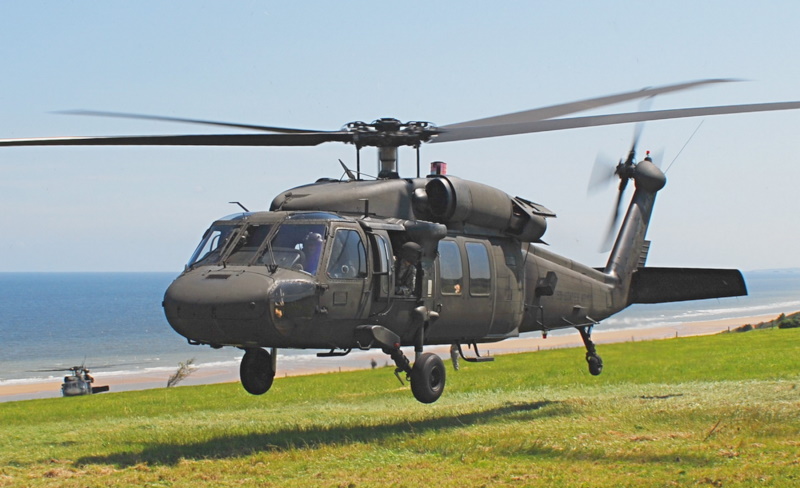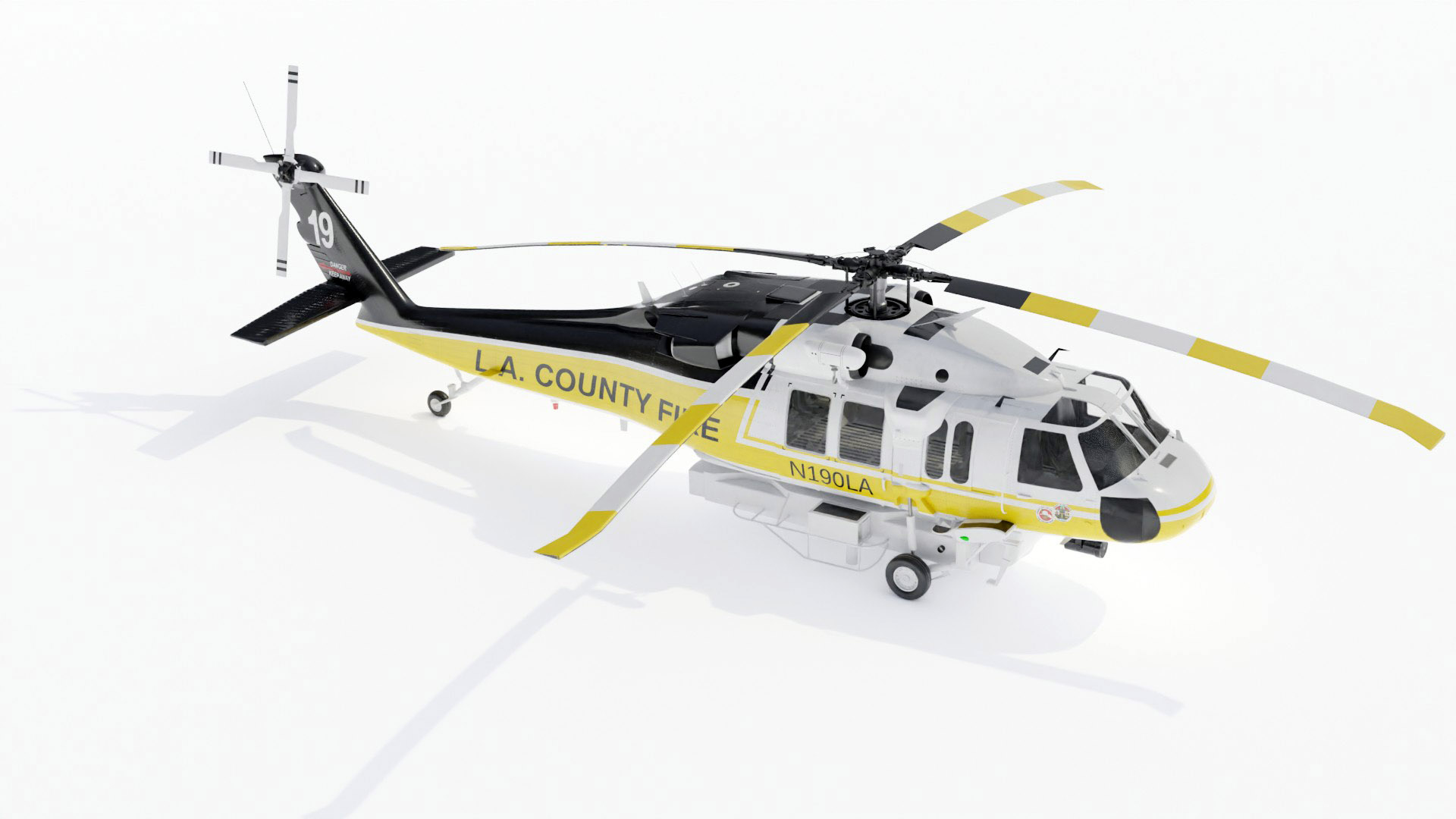Sikorsky S 70: Changing Tactical Procedures with Cutting-Edge Modern Technology
Sikorsky S 70: Changing Tactical Procedures with Cutting-Edge Modern Technology
Blog Article
Rotary-Wing Airplane Offering Superior Durability and Precision Engineering
In the world of air travel, rotary-wing aircraft have long been identified for their one-of-a-kind capacities in various functional environments. From army missions to private applications, the evolution of rotary-wing innovation has actually led the way for devices that use unparalleled sturdiness and accuracy design. Through developments in materials and building and construction strategies, coupled with sophisticated flight control systems, these aircraft have ended up being crucial devices for jobs that demand both robustness and accuracy. As we explore the elaborate balance between advancement and dependability in rotary-wing airplane, it comes to be noticeable that the merging of cutting-edge technology and proven design principles has established a brand-new criterion for efficiency and performance in the aerospace market.
Advancement of Rotary-Wing Innovation
Throughout the history of aeronautics, the advancement of rotary-wing innovation has been a testimony to continual innovation and innovation in aerial engineering. From the very early days of upright flight with rudimentary layouts to the advanced helicopters and other rotary-wing airplane of today, the progression in this area has been remarkable.
In the very early 1900s, pioneers like Igor Sikorsky and Juan de la Cierva made substantial strides in rotary-wing innovation. Sikorsky's VS-300 helicopter, first flown in 1939, noted a critical minute in the advancement of practical rotary-wing airplane. This success led the way for further innovations in vertical trip abilities.

Today, rotary-wing aircraft play vital duties in numerous fields, including military operations, emergency medical services, police, and commercial transportation. The advancement of rotary-wing innovation remains to push the limits of what is possible in vertical flight, guaranteeing that these aircraft stay important possessions in the air travel market.
Materials and Building Innovations
Demonstrating a fusion of cutting-edge materials and precise construction strategies, rotary-wing airplane have gone through significant advancements in resilience and performance. Among the vital advancements in materials used for rotary-wing airplane is the raising use of composite materials. These materials, such as carbon fiber enhanced polymers, supply a high strength-to-weight ratio, enhancing both the architectural stability and general performance of the airplane. Furthermore, advancements in manufacturing procedures have allowed for even more elaborate and accurate building of rotary-wing parts, adding to improved the rules of aerodynamics and effectiveness.
Moreover, the integration of innovative coverings and surface area treatments has actually played an essential duty in enhancing the toughness of rotary-wing aircraft. These finishings give protection against rust, abrasion, and severe weather, expanding the lifespan of the aircraft and lowering maintenance demands.
In regards to building and construction developments, additive production, additionally called 3D printing, has transformed the manufacturing of facility parts for rotary-wing aircraft. This technology enables for quick prototyping and customization, resulting in quicker advancement cycles and lowered costs. In general, the constant development of products and building and construction strategies is driving the capacities and performance of rotary-wing aircraft to new elevations.
Accuracy Trip Control Equipment

The combination of GPS technology better improves the precision and dependability of these systems, permitting specific navigating, waypoint tracking, and automated trip control. sikorsky s 70. This level of accuracy not only boosts the security of rotary-wing operations however also enhances overall functional efficiency and objective performance
Additionally, the continuous improvements in synthetic knowledge and device understanding have assisted in the development of self-governing trip capabilities within Accuracy Trip Control Systems. This allows rotary-wing airplane to carry out intricate missions with unmatched accuracy and uniformity, making them indispensable assets in a large range of applications, including army procedures, search and rescue missions, and airborne photography.
Toughness in Testing Atmospheres
Popular functional settings, rotary-wing aircraft demonstrate phenomenal resilience and toughness, making sure optimum performance under challenging environmental conditions. These airplanes are developed to stand up to a vast array of environmental elements, including extreme temperatures, high winds, and rough terrain, making them appropriate for different goals in varied landscapes.
One vital variable contributing to the sturdiness of rotary-wing aircraft is their tough building. These aircraft are developed utilizing premium products and advanced engineering techniques to enhance their structural integrity and reliability. Additionally, parts such as rotor blades, engine systems, and touchdown equipment are diligently created to stand up to the stress and tensions experienced during procedures in tough atmospheres.
Additionally, rotary-wing aircraft are equipped with sophisticated onboard systems that check efficiency metrics in real-time, enabling for proactive upkeep and very early detection of possible concerns More Bonuses - sikorsky s 70. This positive approach aids stop unforeseen failures and ensures the ongoing airworthiness of the aircraft popular functional settings. On the whole, the toughness of rotary-wing aircraft in tough atmospheres is a testament to their premium engineering and layout, making them vital assets for numerous mission-critical operations
Upkeep and Dependability Standards
The adherence to rigorous maintenance and integrity requirements is paramount in making sure the optimal efficiency use this link and safety of rotary-wing airplane. Regular upkeep checks, conducted by licensed service technicians, are important to identify and attend to any kind of prospective concerns before they endanger the aircraft's performance. These checks incorporate an extensive exam of all crucial elements, consisting of the engine, rotor system, avionics, and hydraulic systems, to guarantee that they remain in prime working problem.
Additionally, adherence to scheduled maintenance intervals based on manufacturer guidelines is critical for upholding the aircraft's dependability. This aggressive approach helps stop unanticipated breakdowns and guarantees that the aircraft stays airworthy for its desired goals. Additionally, the implementation of robust dependability requirements, such as regular element screening and substitute based upon fixed lifecycles, further enhances the aircraft's dependability.
Conclusion

To conclude, the improvements in rotary-wing airplane modern technology have actually brought about premium durability and precision engineering. With cutting-edge products her response and construction techniques, in addition to accuracy trip control systems, these airplane can operate in difficult atmospheres with enhanced dependability. The maintenance and reliability criteria make certain that these rotary-wing airplane proceed to carry out at their finest, making them vital possessions for different industries.
Demonstrating a blend of cutting-edge products and exact building techniques, rotary-wing airplane have actually gone through significant advancements in durability and performance. One of the key technologies in products used for rotary-wing airplane is the boosting utilization of composite products.With precise attention to information and advanced technical combination, rotary-wing airplane have accepted Precision Trip Control Systems as a keystone of their operational quality. In general, the durability of rotary-wing airplane in challenging atmospheres is a testament to their remarkable engineering and style, making them essential properties for various mission-critical procedures.
In conclusion, the innovations in rotary-wing aircraft modern technology have led to remarkable durability and precision design.
Report this page